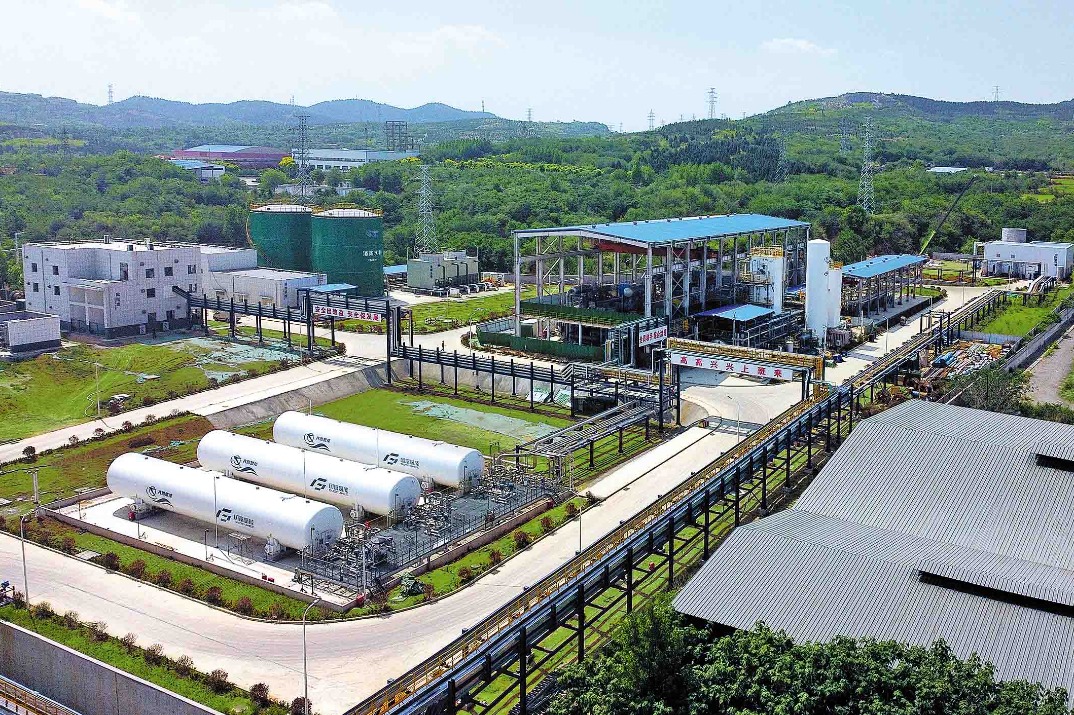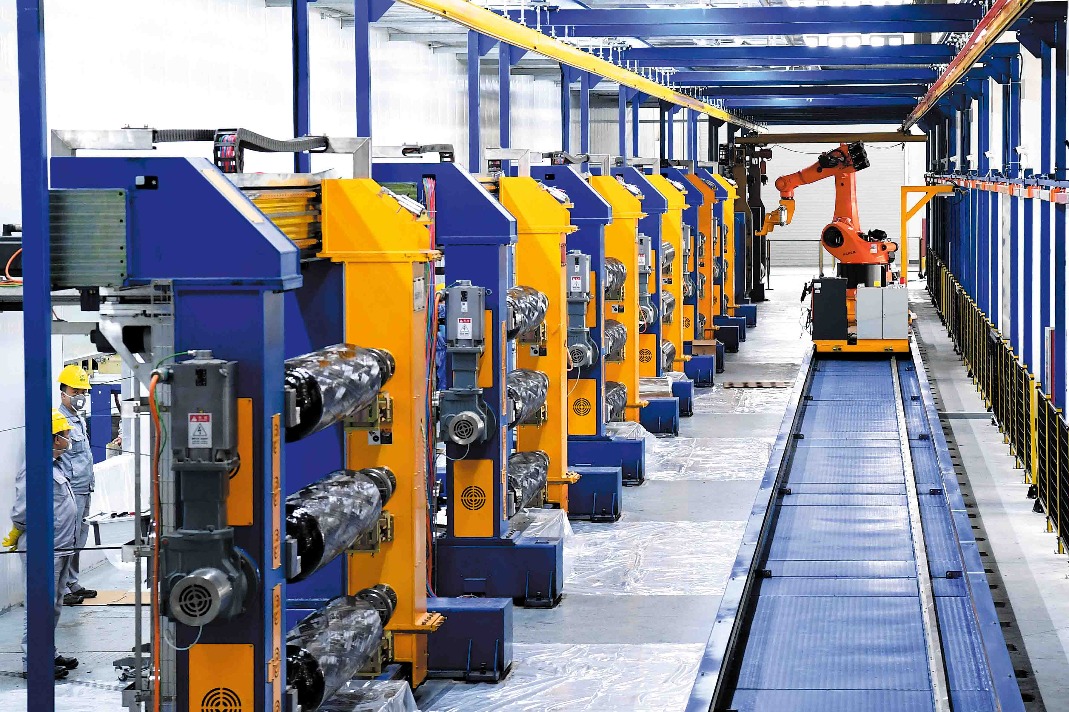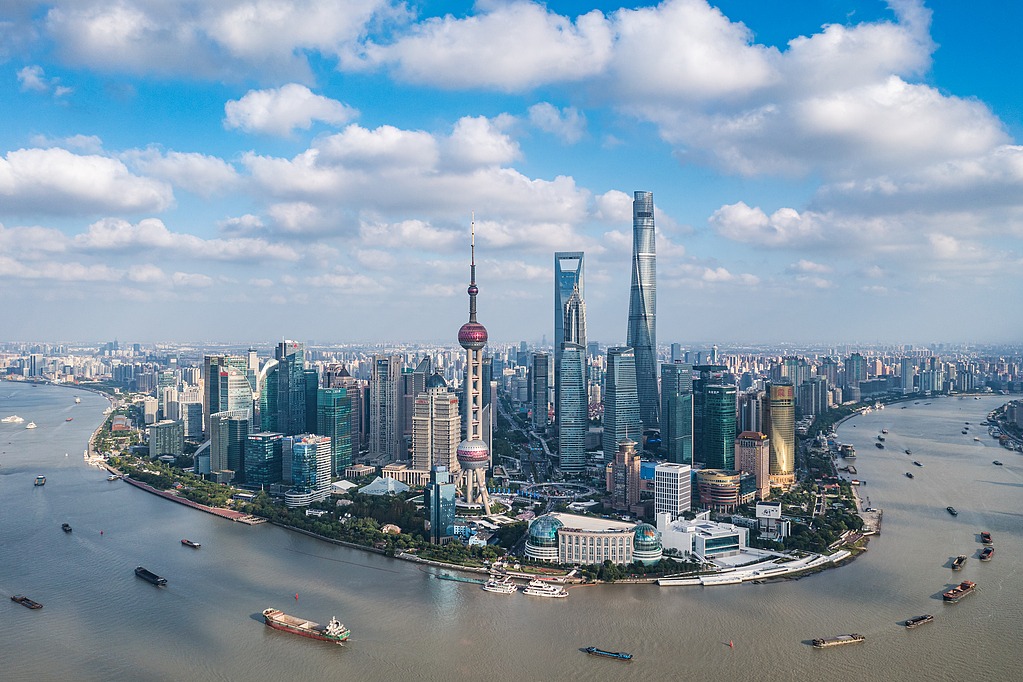The Chinese way of containing 'financial disorder'


A decade after the 2008 Global Financial Crisis or GFC, the upswing in the financial cycle has reversed direction, reigniting discussions about systemic risks, empirical researchers said.
When the upswing makes way for a downswing, the positive effects of rapid expansion of credit and rising asset prices (which typically boost economic growth), too, will likely yield to debt burdens, potentially having a strong negative impact on the overall economy, or even resulting in recession, they said.
It has been just eight months since Zhou Xiaochuan, former governor of China's central bank, warned about the "Minsky Moment", a point in a financial cycle that could trigger sharp market correction after a period of over-optimism in "good times".
And all countries, he said, need to guard against the risks of drastic adjustments of asset prices. Could China's corporate sector, which has a relatively higher leverage level, spark the next financial crisis after the GFC a decade ago?
Zhou attributed the high leverage ratio of China's corporate sector to inadequate direct financing channels and over-reliance of firms on borrowing and debt financing.
Leverage ratio is an indicator of how much capital comes in the form of debt or loans, and reflects the ability of a company, a sector or a government to meet its financial obligations.
In this heated debate, a key point that has somehow been under-discussed is that some corporate borrowings in fact are debt raised by local governments' financing vehicles.
State-owned enterprises and local government financing platforms, which undertake some government functions, are responsible to a certain extent for pushing up the leverage ratio of the corporate sector, some experts said.
So, the financial jury is still out on whether the fiscal policy of local governments or the monetary policy of the central bank is to blame for the relatively higher leverage ratio of China's corporate sector.
The method of classifying government debt under corporate debt is a statistical quirk. A unified standard is missing in the calculation of government-sponsored bonds and borrowings by local governments' financing platforms.
So, they are often simultaneously included under both government debt and corporate debt. Add to that cross-holding debt, and it makes the corporate leverage ratio relatively higher with a vague boundary.
Some economists have said that the deleveraging paths could be in two different directions: fiscal or monetary. The former method focuses on taming the spoiled SOEs and reducing local governments' borrowings from banks; the latter method underlines tightening financial institutions' loan issuances.
The end result (the lowering of the overall debt level) will likely be the same, irrespective of the deleveraging method used. And neither the borrower nor the lender would be willing to sacrifice their interest a bit for the larger systemic good.
This year, when a few market vulnerabilities emerged, investors got spooked. Their concerns were exacerbated by a rise in corporate bond defaults. Some labeled the defaults as a side-effect of the excessive tightening of the monetary policy coupled with stricter regulations on "shadow" financing channels.
This time, however, the country's deleveraging process may not be halted in the short term merely because of some perceived "side-effects". The monetary authority has expressed confidence that the country is "completely equipped with the favorable conditions to win the battle against major financial risks".
"Structural deleveraging is advancing in a well-ordered manner, highly risky financial businesses are shrinking, rampant expansion of some institutions have been restrained, and financial disorder has been contained," members of the country's top financial regulatory framework, the newly-established Financial Stability and Development Committee, agreed on July 2.




































